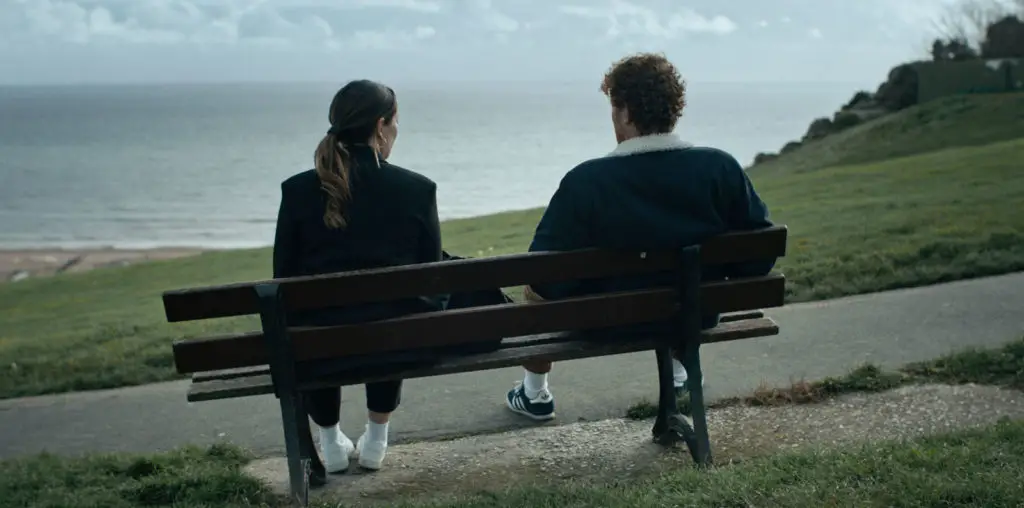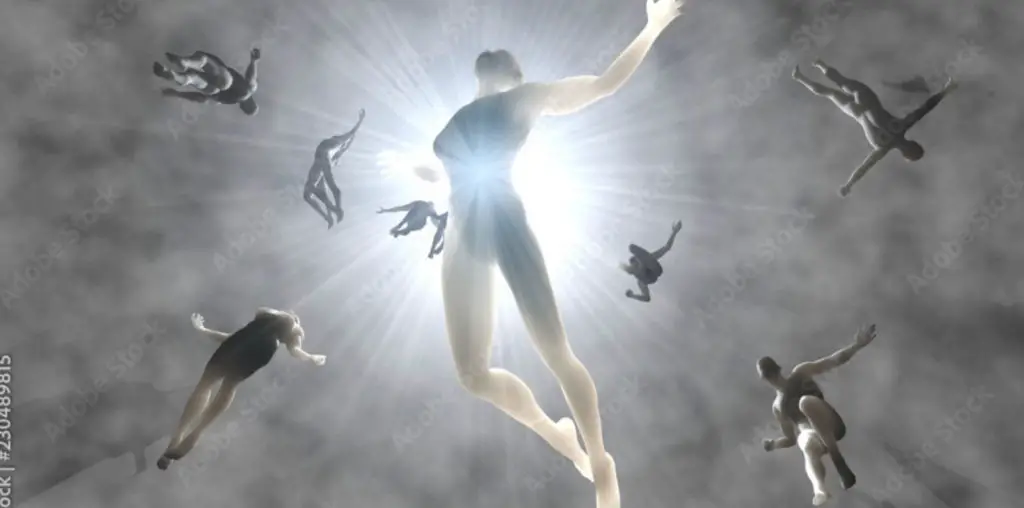
Frank Scheffer’s images are observational. The Trees. The leaves. The Hudson River. Manhattan Sky Scrapers. Commuting businessmen scurrying in the train station. Then the footage vibrates with the piercing sounds of Julia Wolfe’s violin or Philip Glass’s keyboard. “In the Ocean” intercuts these small moments with interviews with some of America’s most seminal musicians; not only Glass and Wolfe, but also Steven Reich, John Cage, Elliot Carter, Michæl Gordon, and even Frank Zappa among many others.
I must confess that I’m not familiar with director Scheffer’s entire body of work, of which there is currently a retrospective being held at a venue in his home country, the Netherlands. While I found the film very muddled, one thing I found very interesting is that it was not made by an American, nor by a musician. Frank Sheffer, being Dutch, is looking at 20th Century American music from the perspective of an outsider. And although Scheffer makes films about music, he admitted that he has never played himself. “I don’t play an instrument, I can’t even read sheet music” he said. With this knowledge in mind, “In the Ocean” seems like it should be something of a quest.
“In the Ocean” is set entirely within New York City; placing an emphasis on the ensemble “Bang on a Can” as a starting point to illustrate the history of classical music in a young country whose roots only go back so far. Scheffer seems to be making a film which does not exist in order to give answers, but to ask questions. Does it make our artists ignorant that they grew up listening to rock and roll on the radio rather then being raised on the classics? Or rather, does our lack of cultural ancestry make our musicians more liberated?
A lot of screentime is devoted to Minimalism. “Reinventing tonality” is one of the goals Philip Glass discusses as the film cuts to the sounds of his “Dance 3.” Julia Wolfe talks about her approach to pacing. With her unique work, “Lick”, we hear large thumps and high pitched squeals with long gaps of silence in between, practicing the art of subtlety and restraint.
As “In the Ocean” begins, the individual artists’ discuss their own work, and as it goes along, they discuss each other’s. The documentary has a fascinating premise, a good starting point, and some true moments of insight, but becomes rather bland and generic, like a standard informational Cable-TV type documentary. This is too bad. There’s some great material here and an interesting back story, but theres too much exposition, seemingly edited with a paint by number set strategy. As a result, the overall analysis being offered seems random, and eventually its just far too confusing to figure out what direction it is trying to go.

